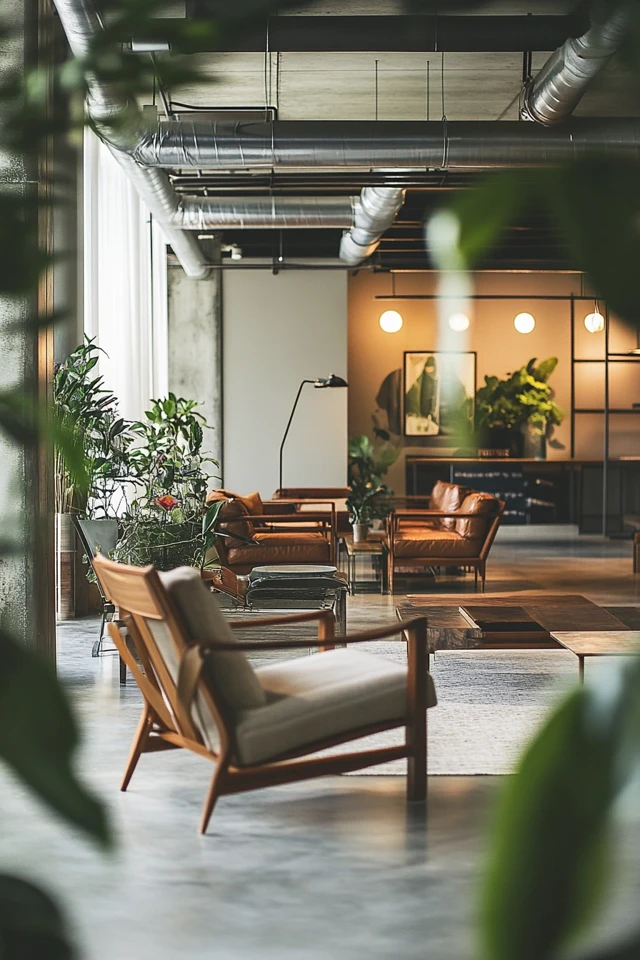Introduction
When I think of urban design, I think of my first loft apartment in the city. It had high ceilings with exposed beams, large industrial windows that overlooked the bustling streets, and the most incredible worn brick walls. But while it had all the raw charm of industrial design, it didn’t exactly feel like an oasis at first. The hard lines and cool tones lacked the warmth I craved after a long day. Slowly, I started layering soft textures, bringing in plants, and adding thoughtful decor pieces to transform the space into what I now call my “urban oasis.”
Industrial design is celebrated for its raw, unfinished aesthetic—think exposed pipes, metal, and concrete. But an urban oasis balances that ruggedness with comfort and calm, creating a space that feels both sophisticated and serene. This blend of styles works beautifully in city apartments, lofts, or even suburban homes that want a touch of metropolitan flair.
In this post, I’ll guide you through how to create your own urban oasis with industrial design. From choosing materials and furniture to incorporating greenery and layering textures, you’ll learn how to transform any space into a stylish yet inviting retreat.
What Is Industrial Design?
Key Elements of Industrial Style
Industrial design originated from old factories and warehouses, embracing raw, utilitarian materials. Here are the key elements:
- Materials: Exposed brick, concrete, metal, and wood.
- Colors: Neutral palettes dominated by gray, black, white, and brown.
- Furniture: Sleek, functional pieces often made of metal or reclaimed wood.
- Lighting: Statement fixtures like pendant lights, Edison bulbs, and industrial sconces.
The Urban Oasis Twist
An urban oasis takes the starkness of industrial design and softens it with natural elements, cozy textures, and personal touches. The result? A space that’s stylish yet calming—a true retreat from the chaos of urban life.
Step 1: Start With a Neutral, Textured Backdrop
The foundation of any industrial space is its raw, unfinished look. But to create an oasis, you’ll need to add depth and warmth.
Walls
- Exposed Brick: Highlight original brick walls if possible. If not, use faux brick panels or wallpaper to achieve the look.
- Concrete Finishes: Add texture with concrete accent walls or plaster finishes.
- Neutral Paint: Use soft gray, white, or taupe to complement industrial materials.
Floors
- Polished Concrete: Sleek and modern, polished concrete is a staple of industrial design.
- Reclaimed Wood: Adds warmth and character to balance cooler materials.
- Rugs: Use area rugs with natural fibers like jute or wool to soften the space.
Step 2: Incorporate Industrial-Style Furniture
Furniture is where the industrial aesthetic truly shines. Focus on functional, minimalist pieces that make a statement.
Key Pieces
- Sofas and Chairs
- Opt for leather or linen upholstery with clean lines.
- Chesterfield sofas in distressed leather are a classic industrial choice.
- Tables
- Look for coffee and dining tables with reclaimed wood tops and metal frames.
- Nesting tables or hairpin leg designs work well in smaller spaces.
- Storage
- Use metal shelving units or cabinets with a weathered finish.
- Wooden crates or vintage lockers add functional charm.
EBD Insight: The Power of Functional Design
Evidence-based design (EBD) suggests that functional furniture contributes to a sense of order and calm, making your space feel more inviting and less chaotic.
Step 3: Layer Textures for Comfort
While industrial design is known for its raw materials, an urban oasis needs soft, tactile layers to create balance.
How to Add Texture
- Throw Blankets: Drape chunky knit throws over sofas or chairs for added coziness.
- Pillows: Use pillows with a mix of fabrics like linen, velvet, or faux fur in neutral tones.
- Curtains: Soften industrial windows with sheer or natural linen curtains.
- Rugs: Layer rugs with different textures, like jute topped with a plush wool runner.
Step 4: Bring in Greenery
Nothing transforms an industrial space into an urban oasis quite like plants. Greenery not only softens harsh lines but also adds life and freshness to the room.
Plants That Thrive in Urban Spaces
- Fiddle Leaf Fig: A large statement plant perfect for living rooms.
- Snake Plant: Low-maintenance and great for improving air quality.
- Pothos: A trailing plant that looks beautiful on shelves or hanging from ceilings.
- Succulents: Easy to care for and ideal for smaller spaces.
DIY Tip
Use repurposed industrial items, like metal buckets or wooden crates, as unique plant holders.
Step 5: Light the Space Strategically
Lighting is crucial in industrial design, and layering light sources will help you set the perfect mood.
Lighting Ideas
- Pendant Lights: Hang oversized metal pendants or glass shades with Edison bulbs for a dramatic effect.
- Sconces: Use wall-mounted sconces with an industrial edge for ambient lighting.
- Floor Lamps: Add adjustable floor lamps with metal finishes for task lighting.
- String Lights: Incorporate warm string lights for a cozy, inviting glow.
EBD Insight: Warm Lighting for Relaxation
Research shows that warm, diffused lighting can help reduce stress and promote relaxation, making it ideal for your urban oasis.
Step 6: Add Personal Touches
The final step in creating an urban oasis is to make the space uniquely yours.
Decorative Accents
- Art: Hang black-and-white photography, abstract prints, or vintage-inspired artwork.
- Books: Stack books on industrial shelves for a cozy, lived-in feel.
- Decorative Objects: Use items like vintage clocks, metal sculptures, or reclaimed signage to enhance the industrial vibe.
- Textiles: Incorporate unique textiles like handwoven blankets or rugs from local artisans.
Picture Gallery
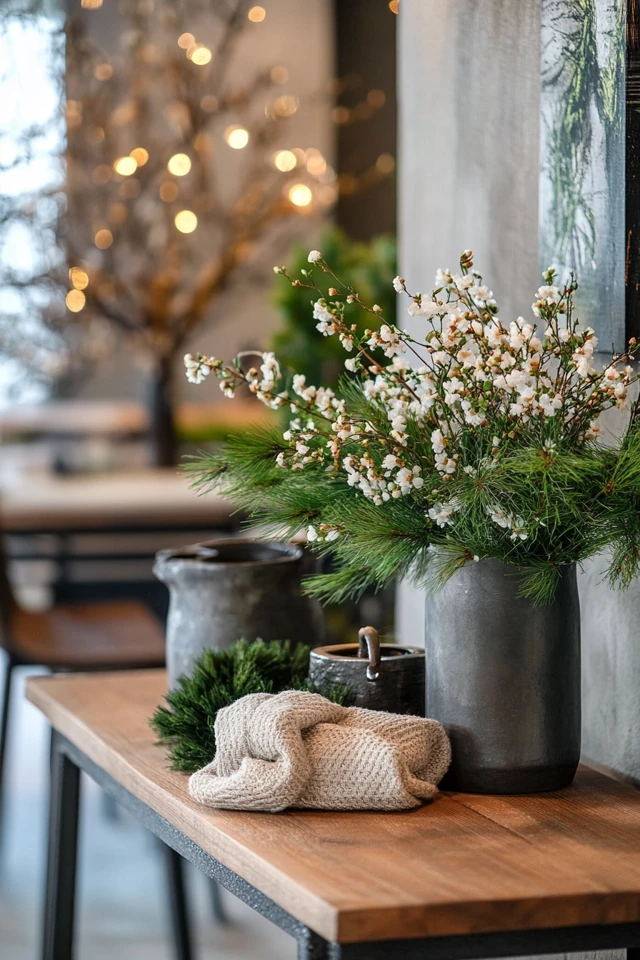

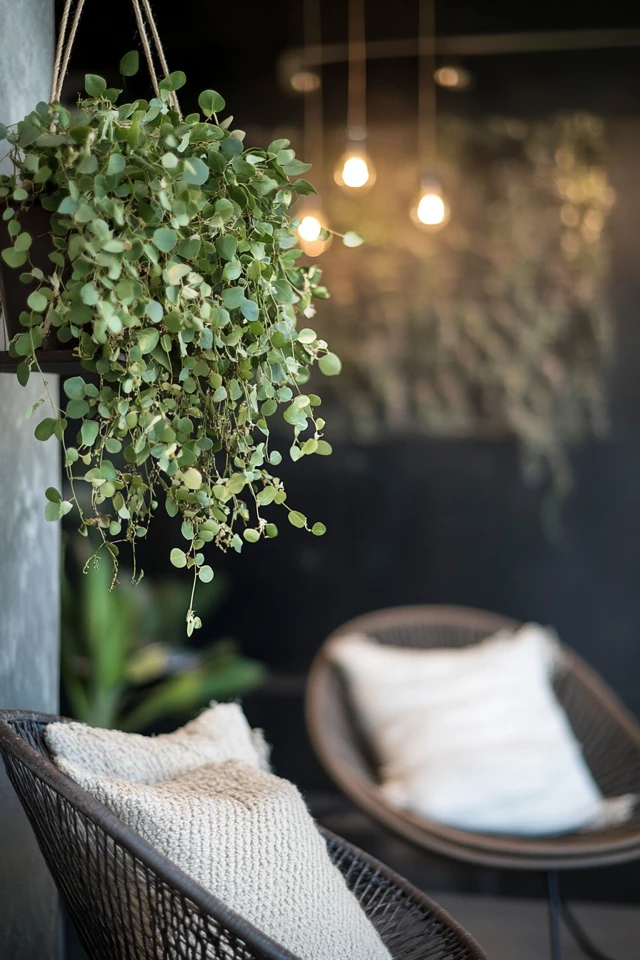
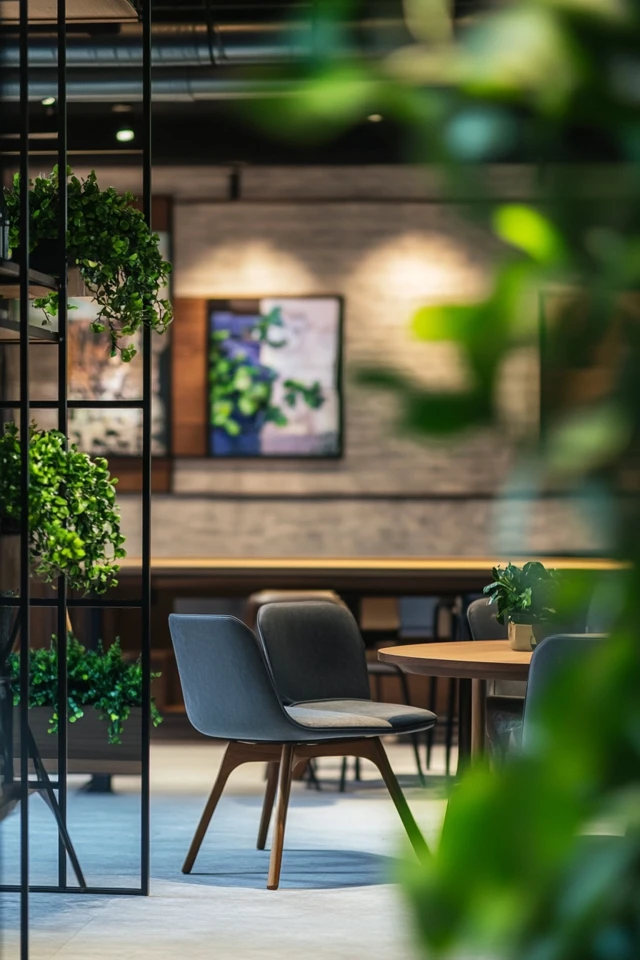

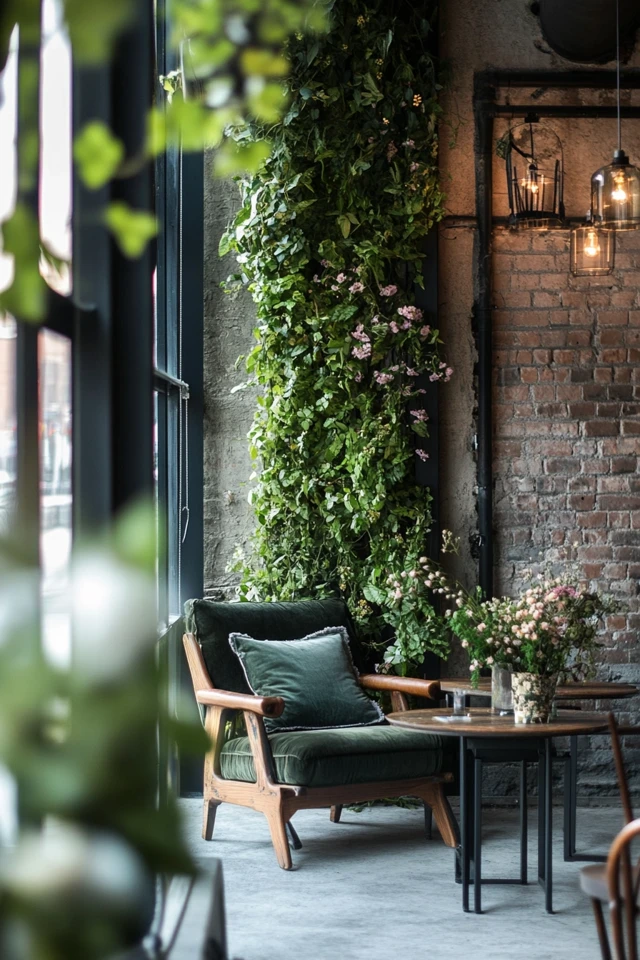

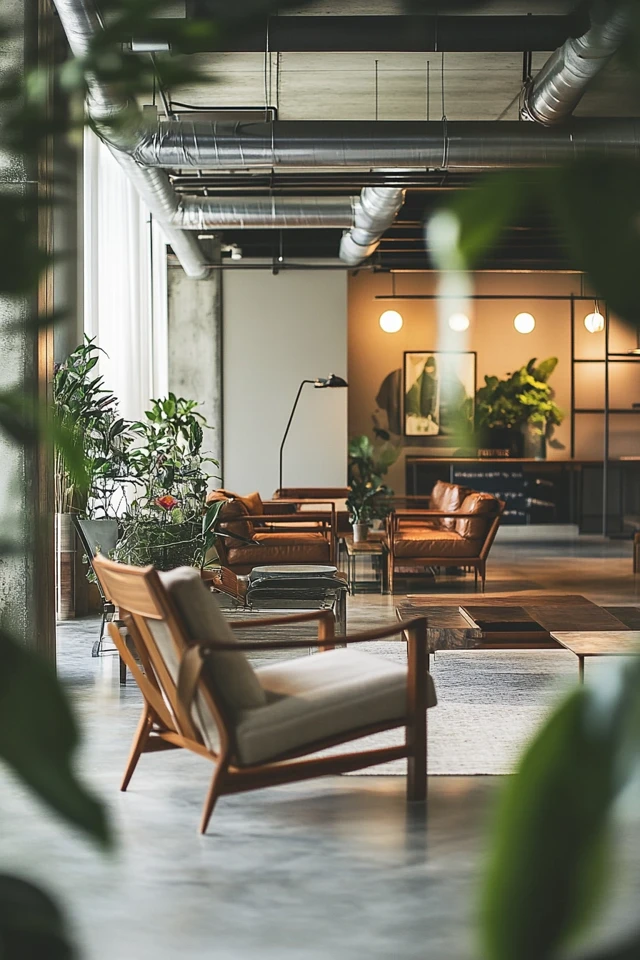
Conclusion
Creating an urban oasis with industrial design is all about finding balance. By blending raw materials like metal and concrete with soft textures, natural elements, and personal touches, you can craft a space that feels both stylish and serene.
Reflecting on my own journey, I’ve realized that industrial design doesn’t have to feel cold or uninviting. It’s all in the details—layering textures, adding greenery, and lighting the space just right. Whether you’re designing a loft, a studio apartment, or a corner of your home, these steps will help you create a retreat that combines the best of both worlds: urban edge and calming comfort.
Happy designing, and may your urban oasis be your sanctuary in the city!
FAQ
What materials are best for industrial design?
Exposed brick, concrete, metal, and reclaimed wood are essential materials. Incorporate softer textures like linen or wool for balance.
How do I soften an industrial space?
Add layers with textiles like rugs, curtains, and throw blankets. Incorporate plants and use warm, ambient lighting to create a cozy atmosphere.
Can I mix industrial design with other styles?
Absolutely! Industrial design pairs well with modern, farmhouse, or Scandinavian elements. Focus on balance and cohesion through complementary colors and materials.
What type of lighting works best for industrial design?
Pendant lights, Edison bulbs, and sconces are iconic in industrial design. Use a mix of task, ambient, and accent lighting for a well-rounded look.
How do I make a small space feel like an urban oasis?
Use functional furniture, mirrors to create the illusion of space, and greenery to bring life to the room. Stick to a neutral palette and layer textures for added depth.

